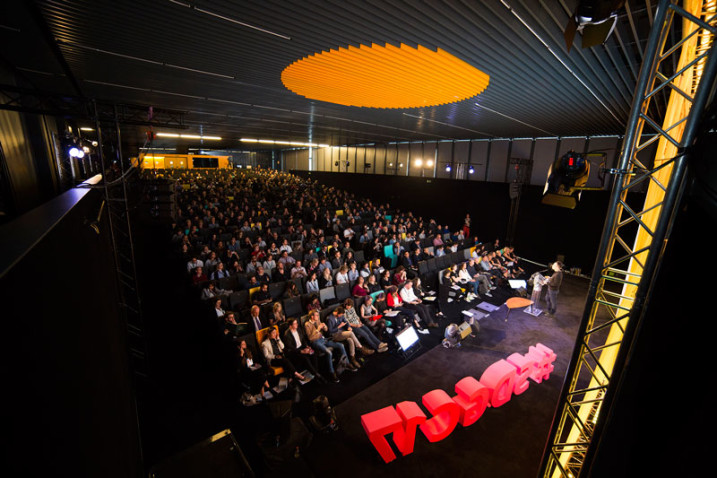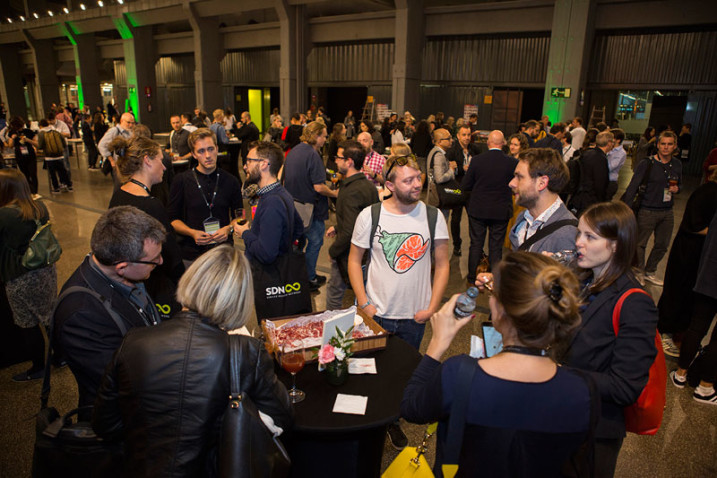Share your favorite presentation
If you’ve attended SDGC17, you have probably favorited one or two presentations. So why not share and discuss these presentations with your colleagues? All presentations can be found on our Slideshare channel. Feel free to show your colleagues what you liked best, and further discuss the topic.
Read up on #SDGC17
Even though SDGC17 has a very diverse program, you might have had to choose between the one or the other presentation. Or, maybe you missed the opinions of others about your favorite presentation. No worries – you can always grab a coffee and read up on everything that has been said on Twitter, by checking the hasthag #SDGC17.
Show your favorite shot
We already shared lots of SDGC17 photos – but did you share yours? We’d be thrilled to see your favorite pictures from the event (or the after parties)! Don’t forget to use our event hashtag, #SDGC17, when sharing on Instagram, Facebook or Twitter. Looking forward to your best shots!
Choose a card and reach out
You’ve probably done some networking at SDGC17 and collected a whole lot of business cards. Don’t let them just be! Pick a card, reach out to that person and ask for their perspective on a project you’re currently working on. Offer yours on a service design topic you feel is important. And most importantly: stay connected.









Share your thoughts
0 RepliesPlease login to comment